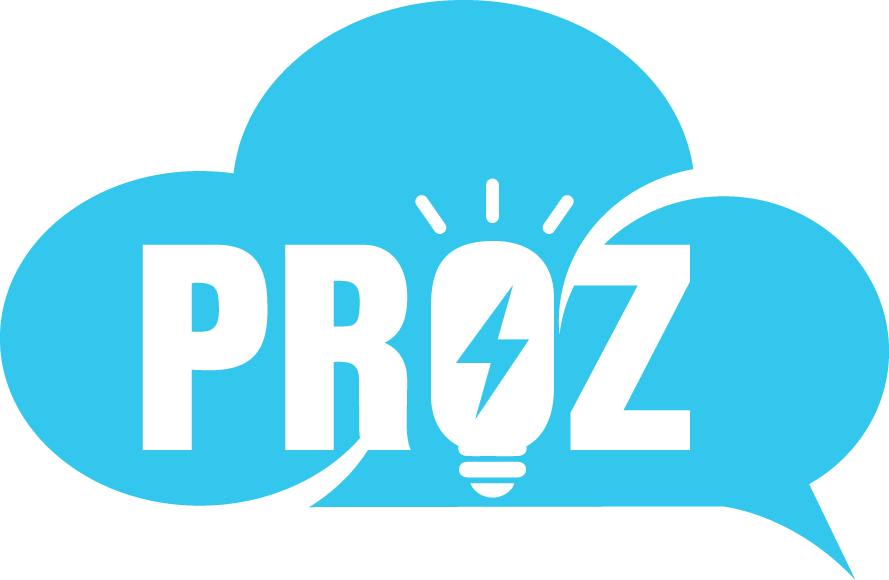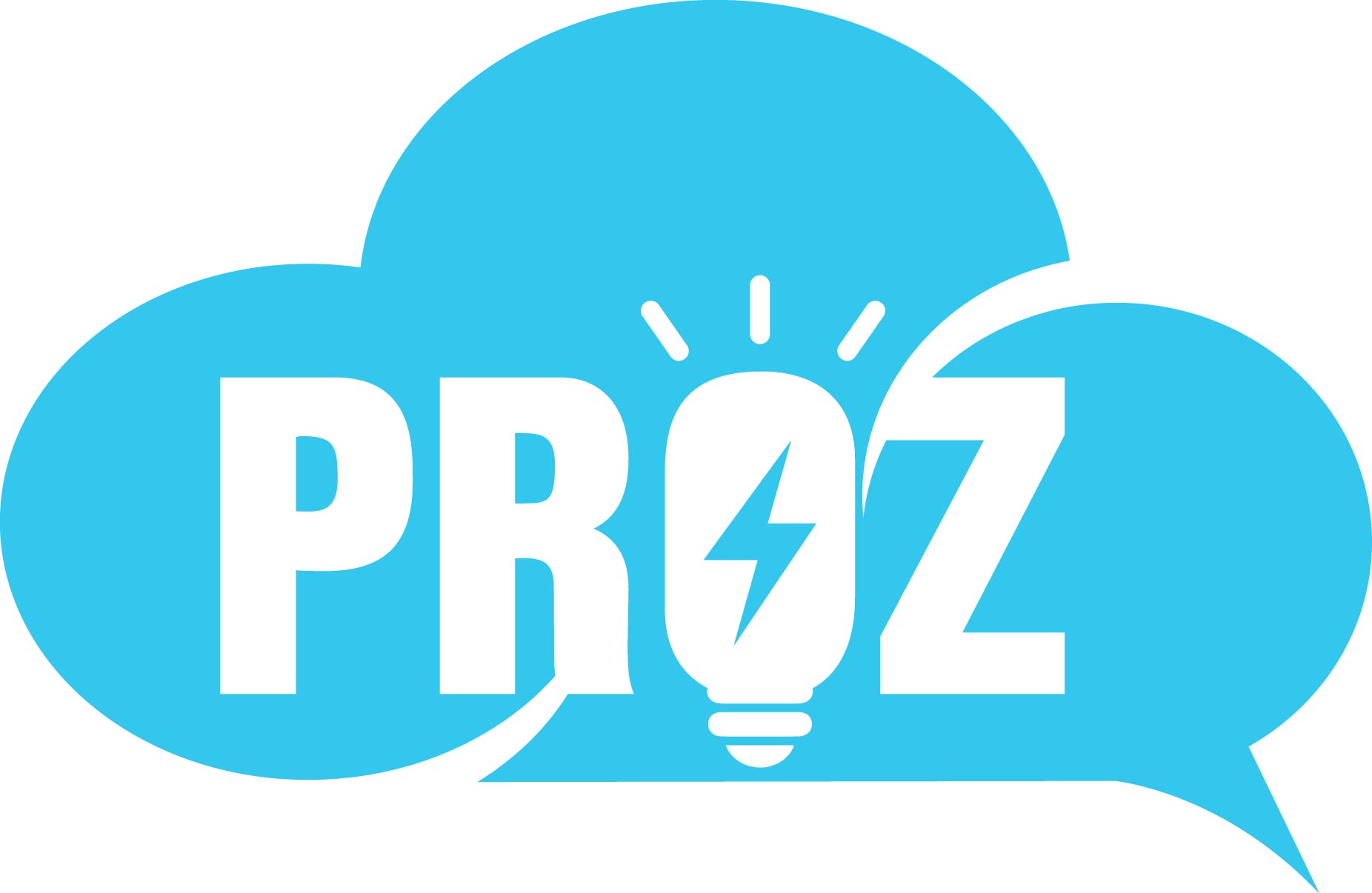Artificial intelligence (AI) is changing the way you grow your startup or small and medium business (SMB), helping you work smarter, automate tasks, and make data-driven decisions. But with so many different AI models available, how do you know which one is right for your business? Should you use predictive AI to anticipate customer behavior? Generative AI to create content? Or agentic AI to automate decisions and workflows?
Understanding the differences between these AI models can help you make smarter choices that fuel efficiency and growth. This article breaks down what an AI model is, how AI modeling works, and how the different models can support your success.
What we’ll cover:
What is an AI model?
An AI model is an artificial intelligence system that learns from data to recognize patterns and make decisions on its own. AI models help power everything from virtual assistants, or AI agents, to fraud detection tools, making your work easier and your decisions smarter.
Each AI model is designed for a specific purpose. Some analyze past trends to predict what’s next, while others create new content or even make real-time decisions to streamline your operations. The more advanced models, called foundation models, are trained on vast amounts of data and can be adapted for different tasks.
Whether you need AI to improve customer service, speed up processes, or uncover insights, there’s a model built to support your goals.
AI Tools for Small Business
How AI modeling works
Creating or designing an AI model is like teaching a computer to understand and make decisions based on data. Here’s how it works:
Gathering data: First, collect relevant information. The quality and relevance of this data are crucial, as they form the foundation upon which the AI will learn.
Teaching the model: With this data in hand, you can guide the AI through examples, helping it recognize patterns and relationships. It’s similar to how we learn from experience — the more diverse and rich the experiences, the better we understand.
Setting the AI parameters: Depending on the task, select the most suitable approach to train the AI. Sometimes, you’ll need to provide clear examples with correct answers; other times, you’ll let the AI explore the data to find hidden patterns on its own.
Putting the model to work: Once trained, the AI is ready to assist in real-world scenarios. Set it up so you can monitor its performance and make adjustments as needed, ensuring it continues to provide valuable insights.
Are you ready to succeed with AI?
Discover your organization’s AI readiness and learn strategic opportunities for adoption. Gain insights on human-AI collaboration, to help you achieve greater customer success.


Predictive AI models
Predictive AI AI models, also called predictive analytics, utilize machine learning algorithms to uncover patterns within historical data. These models help make sense of past information and provide insights that can influence future strategies
How predictive AI models work
By analyzing historical data and recognizing trends, predictive AI models forecast future outcomes. You can apply these models across all areas of business, like marketing, finance, and customer service, to make smarter decisions. It can help you:
Examples of predictive AI models
- Recommendation engines: Suggest products based on browsing and purchase history.
- Fraud detection systems: Identify suspicious transactions by analyzing spending behaviors.
- Lead scoring models: Help your sales team prioritize leads based on conversion likelihood.
- HR predictive analytics: Identify employees at risk of leaving based on engagement patterns.
Generative AI models
Generative AI doesn’t just analyze data — it creates new content, from text and images to code and videos. If you need AI-generated marketing materials, product descriptions, or software code, generative AI is a game-changer.
How generative AI models work
Generative AI uses deep learning techniques like neural networks to mimic human creativity. It learns from vast datasets and generates new outputs based on prompts. You can use it to create:
- Text: Blog posts, email drafts, chatbot responses, and personalized customer messages.
- Images: AI-generated product designs, graphics, and branding materials.
- Code: AI-assisted programming that helps developers write and debug software.
- Video and audio: AI-generated voiceovers, video clips, and even music.
Examples of generative AI models
- Generative pre-trained transformer (GPT): Powers chatbots and content creation tools.
- DALL-E: Creates AI-generated images from text prompts.
- Codex: Assists developers with AI-generated code suggestions.
- Runway ML: Enable AI-generated videos and realistic avatars.
Agentic AI models
Agentic AI is the technology that powers AI agents so they can act autonomously without human oversight. These models help you automate processes, streamline workflows, and enhance customer experiences. These models help you automate processes, streamline workflows, and enhance customer experiences.
How agentic AI models work
Agentic AI models use reinforcement learning and decision-making algorithms to perform tasks autonomously. Unlike traditional AI, which provides recommendations, agentic AI acts on its conclusions. You can use it to:
- Automate customer support with AI-powered chatbots.
- Optimize inventory management and anticipate delays.
- Streamline sales processes by qualifying leads and scheduling follow-ups.
- Improve cybersecurity by detecting threats and taking preemptive action.
Examples of agentic AI models
- Autonomous customer support bots: Handle routine service requests and escalate complex issues.
- AI-powered sales assistants: Automate lead nurturing and follow-ups.
- Workflow automation tools: Manage repetitive tasks like invoice processing and appointment scheduling.
- AI-powered autonomous agents: Carry out multi-step tasks, such as financial portfolio management.
Get ready for Salesforce Foundations
Easily activate Foundations in your existing CRM to add key features in Agentforce, Sales, Service, Marketing, Commerce, and Data — all for free.


Real-world applications of AI models
AI models are transforming the way businesses operate, helping you scale faster and smarter. Here are just a few ways AI is making a difference:
- Retail: AI is transforming the way we shop, both online and in stores. Whether you’re browsing your favorite online store and seeing product suggestions that feel handpicked for you or walking into a physical store where the products you love are always in stock and checkout is a breeze, AI is working behind the scenes. It learns your preferences, manages inventory, and streamlines your shopping journey, creating a personalized experience every time.
- Healthcare: AI assists doctors by predicting health issues early, leading to timely treatments. AI also analyzes medical data to support healthcare professionals in making informed decisions.
- Finance: AI safeguards your money by spotting unusual activities instantly. AI also helps in detecting potential fraud, ensuring your financial security.
- Marketing: AI helps you understand your customers’ preferences, delivering messages that truly speak to you.
How Agentforce is revolutionizing business operations
Agentforce is a proactive, autonomous AI application that provides specialized support to your teams or customers. It equips your business with essential knowledge to execute tasks efficiently.
With the agentic model, Agentforce is transforming how businesses operate by automating complex workflows and enabling AI agents to act independently. These AI-powered assistants retrieve data, analyze customer needs, and take real-time actions, reducing manual effort.
Whether it’s automating customer inquiries, processing transactions, or optimizing sales outreach, Agentforce enhances efficiency and responsiveness. It seamlessly integrates with Salesforce CRM, ensuring smooth operations across departments.

Choosing the right AI model for your startup
Selecting the right AI model depends on your business needs. Predictive AI is ideal if you want to forecast trends and improve decision-making, while generative AI helps with content creation, from marketing copy to customer communications. For fully automated workflows and decision-making, agentic AI is the best choice.
Evaluate factors like cost, ease of implementation, and integration with your existing systems. Agentforce is particularly beneficial for your startup looking to automate workflows without heavy development, as it provides pre-built and customizable AI agents that can enhance efficiency and streamline operations from day one.
AI models in CRM and business operations
AI models are transforming CRM and business operations by driving smarter customer interactions and streamlining workflows. These tools provide predictive insights, automate routine tasks, and enable hyper-personalization, making business processes more efficient.
AI-powered CRM solutions help your business across sales, marketing, and customer support by using data to guide decisions and improve performance. With AI, you can create better customer experiences and boost their ability to respond quickly to changing needs.
For startups like yours, AI-enhanced CRM tools make it easier to maintain strong relationships with customers, increase sales efficiency, and optimize marketing efforts — all with minimal manual effort and greater scalability.
Kickstart your SMB with Starter Suite
Get started with CRM and see results from day one with Starter Suite — the all-in-one suite with the marketing, sales, service, and commerce tools you need to succeed.



How to get started with AI models
Starting with AI doesn’t have to be overwhelming. In fact, breaking it down into simple, actionable steps makes it easier to integrate AI into your business and start seeing the benefits. Here’s how you can get started:
Step 1: Ask the right questions
Before you jump into AI, take a moment to ask yourself: How can AI help your business thrive? Think about areas where you could use a boost — whether it’s automating repetitive tasks, improving customer service, or gaining deeper insights from your data. Identifying these opportunities will help you set clear goals and expectations for what you want AI to achieve.
Step 2: Configure your model
Now that you know where AI can make a difference, it’s time to configure your model. The great thing is that tools like Agentforce make it easy for you to set up AI-driven solutions without needing a technical background. You can use AI-powered CRM systems to centralize all your customer interactions, automate time-consuming tasks, and uncover valuable insights to drive smarter decisions.
Step 3: Test with real-world scenarios
Don’t be afraid to dive in and test your AI applications in real-life situations. Take advantage of Salesforce’s support network to experiment with AI tools in a way that fits your business. Testing helps you understand what works best for your specific needs and gives you confidence in your AI solutions before fully committing.
Step 4: Integrate AI step by step
Start small and integrate AI into your workflow gradually. By taking a phased approach, you’ll have the chance to see the impact of AI on your business and make adjustments along the way. With time, you’ll unlock AI’s full potential, driving growth and innovation that will take your business to the next level.
Using AI models to scale your startup
AI models aren’t just for large corporations — they’re key to your startup’s growth. By understanding the differences between predictive, generative, and agentic AI models, you can make informed decisions that boost efficiency and innovation for your growing business.
If you’re ready to enhance your business processes, explore Starter Suite today. See how AI can help transform your workflow and accelerate growth.
Already a Salesforce customer? Learn how to get started with Agentforce today.
AI supported the writers and editors of this article.











